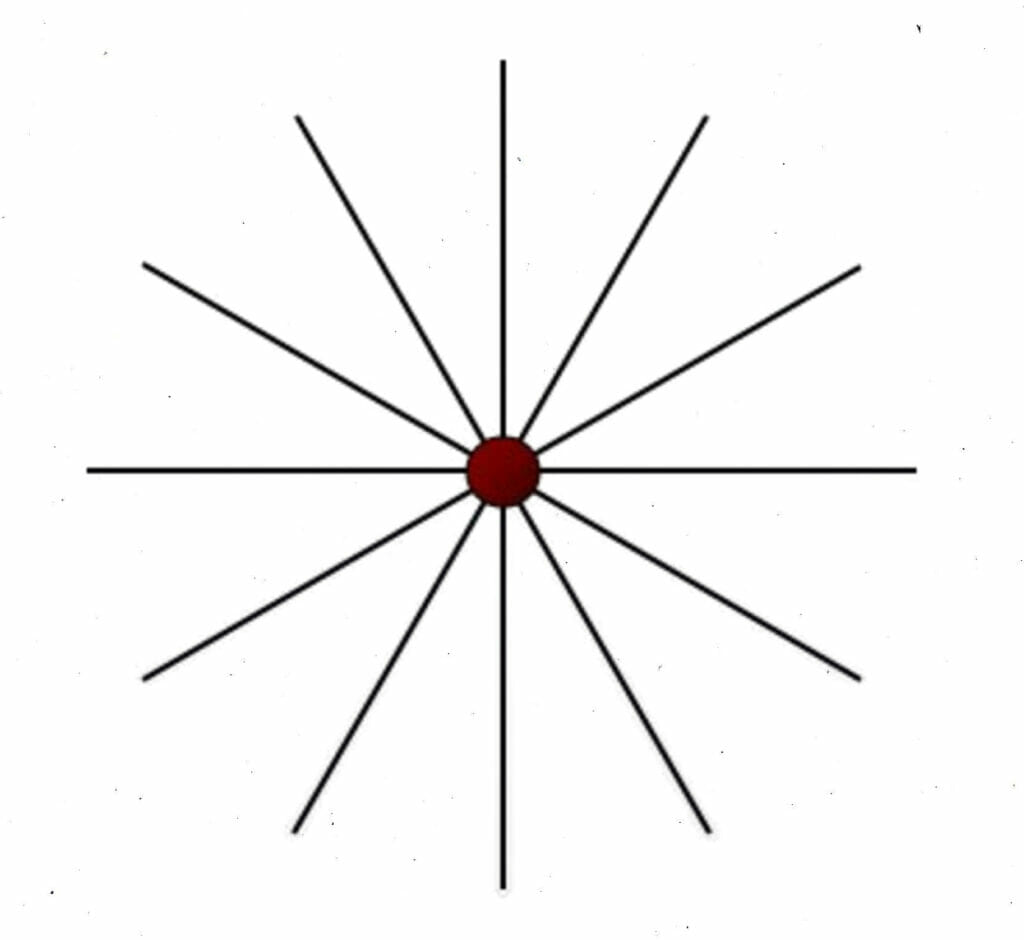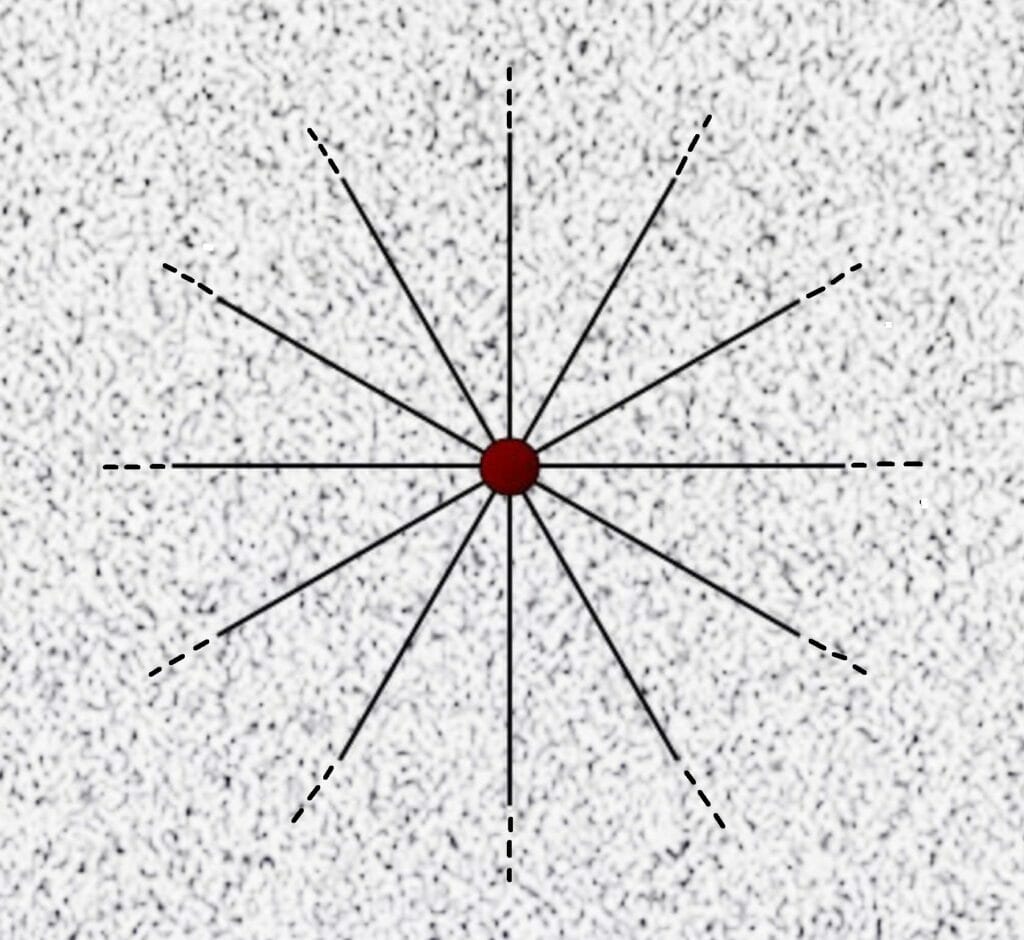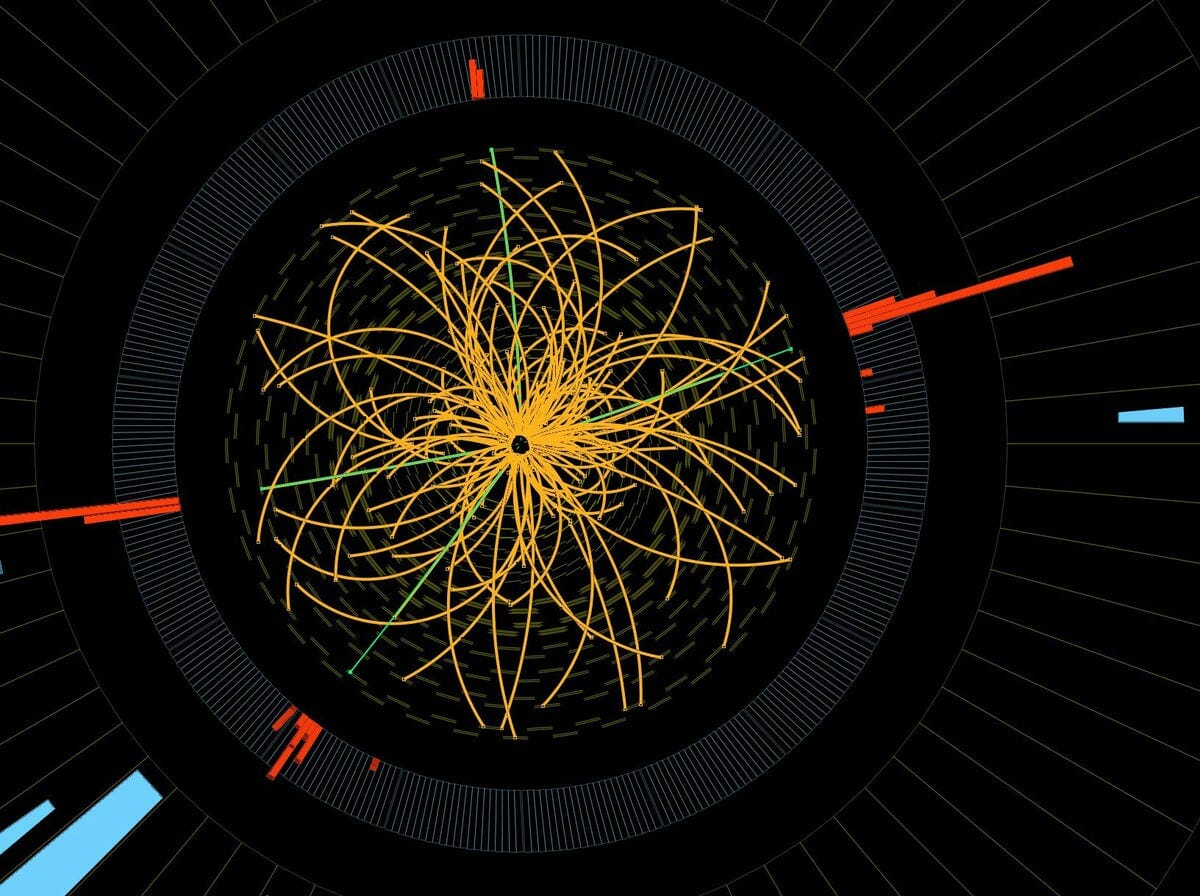Higgs Boson holds the honour of being the most renowned particle of this century. The announcement of its detection by CERN in 2013 prompted the whole world to rejoice. Articles glorifying this ‘God Particle’ crowded the pages of all newspapers. The physics world celebrated; everyone was speaking about it everywhere. Although, only a very few understood what the Higgs Boson was, or why the evidence of its presence is vital for theoretical physics.
Why Higgs Mechanism?
It is a fascinating fact that all of physics can be narrowed down to symmetries*. A very peculiar symmetry, the gauge symmetry*, is used by the standard model to describe the fundamental forces of the universe, except gravity. In explaining the electromagnetic and strong nuclear force*, physicist found an exceptional deal of success. Engrossed in this success, they raced towards constructing the gauge-invariant theory for the weak nuclear forces*. But in no time, they stumbled and fell facedown, crushed by consistent failure, with all the assumptions pointing to the bosons having zero mass. It was a cause of humiliation because these bosons were, in fact, massive, being 80 times heavier than protons.
What this implied was that either the gauge-invariance was the faulty procedure, or there was something else – something unknown to physicists – that was providing mass to these bosons.
[Words marked * are defined/explained in glossary]
The answer…
In the 1950s spontaneous symmetry breaking was found to be possible under specific physical circumstances. What this meant is that a system having symmetric Lagrangian* in higher energy states can violate these symmetries in low energy near-vacuum states. Thus even an asymmetric system could have a perfectly symmetric Lagrangian. This spontaneous symmetry breaking suggested that the Gauge symmetry could be broken. But for this, a bizarre field* was needed to be omnipresent throughout the entire universe. This field is bizarre because all other fields have zero value in vacuum, but this specific field had non zero value everywhere. This very field was called the Higgs field, and the mechanism which led to the symmetry breaking was called the Higgs mechanism.

(Image: Wikipedia)
How the Higgs Mechanism can be thought of…
A very elegant parallel can be devised to explain the Higgs mechanism.
Picture a lamp lit in a vast open field in the nightfall. This lamp is to be thought of as the source of the force, and the light rays as lines of force. The farther you walk from the lamp, the light you receive gets dimmer, certainly obeying the inverse square law. The lamp would always be faintly noticeable even at a considerable distance. You can take this to be analogous to the electromagnetic force. The force transmitting bosons, the photons are massless and can travel to infinite lengths.

(Image: Sean Carroll)
The strong and weak nuclear force both are short-ranged forces. The short-range would require the lamp to be brightly visible closeby and to be swiftly fading away. Nature provides two plausible arrangements for the same.
One, consider an enclosure or a cabin with the lamp installed inside it. The lamp is brightly visible inside this cabin, but the instant you step out, the lamp is obstructed from your sight. This process is called confinement, and the strong nuclear force reflects this approach. The strong force-carrying bosons, the gluons are massless. But they interact with each other so strongly that they are confined to such a small region.

The second approach is to conceive of a veil of dense smog enveloping the whole field. The farther you go, more the light rays are absorbed, and the lamp gets shadowier swiftly. Thus in regions close to the lamp, you can see it bright. But the moment you walk a distance, the light from the lamp is wholly absorbed. Thus the lamp is not visible anymore.

You can conceive this smog as the Higgs field that permeates the entire universe. This field is attenuating the weak force bosons making them short-ranged. If the bosons were massless, they would have infinite range and would have been able to travel at the speed of light. But now, thanks to the Higgs field, they break out of symmetry requirements and gain mass, and this makes them short-ranged.
The Higgs field was initially devised to explain the short-range and heavy masses of weak force carriers. But later on, it was discovered that this field also gave mass to most of the elementary particles. Thus the Higgs field became the mass giver for the standard model.
The Higgs Mechanism and the Higgs Boson
The Quantum Field Theory – QFT explains the universe in terms of fields. According to it, all particles are excitations of their respective fields. Electron-of the electron field, quark of the quark field and so on. Similarly, the Higgs Boson is the excitation or instance of the Higgs field. And confirmation of the existence of the Higgs Boson confirms the Higgs field theory. This is very important for the progression of theoretical physics because it explains the weak forces, the ones responsible for nuclear fusion fueling all the stars. This is the reason the whole physics world breathed a sigh of relief when LHC, CERN announced the detection of Higgs Boson in 2013.

(Image: CERN)
Higgs Boson in Pop Culture…
The Higgs Boson has been referred to as “God particle” extensively in pop literature. Many movies and TV shows have glorified it, giving it qualities it never even intend to possess. The name “God particle”, which grants a mystical feel to the particle, itself is an accident. It can be traced back to Nobel prize winner Leon Lederman who intended to write a book titled “The Goddamn Particle”. The name was meant to make fun of how hard the particle was to detect. But the publishers objected on this and instead replaced “goddamn particle” with “god particle”, the name which stuck on forever, to the annoyance of most physicists.
The Higgs theory has led to several daughter theories trying to explain eccentric physics results. The fact that dark matter has mass implies that it would interact with the Higgs Boson. There are also theories proposing that the Higgs Boson could decay to form dark matter. Thus the evidence of Higgs theory in 2013 has directly solidified our search for the physics beyond the standard model.
GLOSSARY:
Symmetry: The laws of physics do not change under certain conditions, like moving forward or backward in space or time, rotations in space, and many more. This property is called symmetry.
Lagrangian: It is a function that describes the state of a system completely. It is written in terms of positions and velocity and it is enough to describe the whole system.
Gauge Symmetry: When the final equation of state does not change upon adding few derivatives to its Lagrangian, it is called gauge symmetry.
Field: It is a physical entity that is assigned to every point in space-time, whose values change with the position.
Strong Nuclear force: The force that holds together quarks inside the protons, neutrons and other entities.
Weak Nuclear force: The force that acts between subatomic particles, and is responsible for their radioactive decay.



